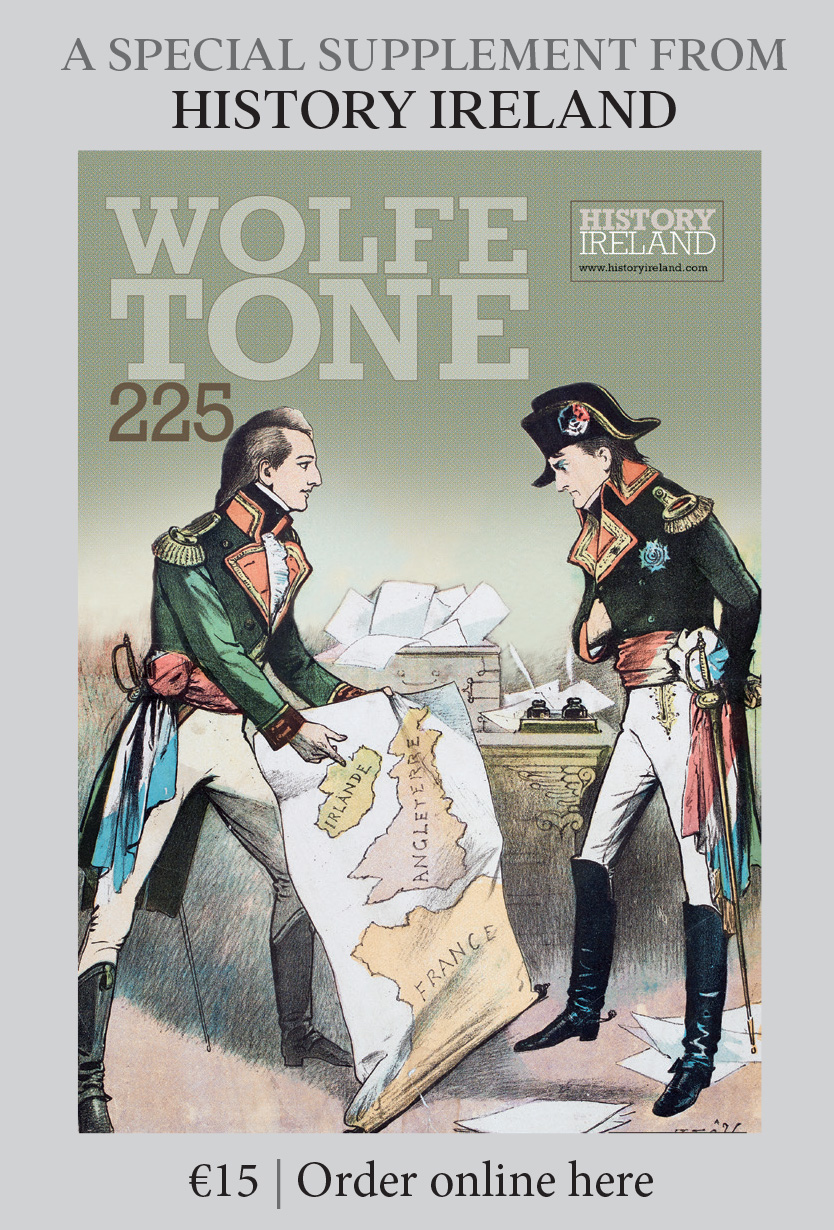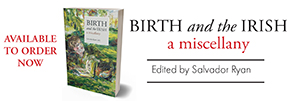Fort Erie Museums (Railroad, Historical, Battlefield and Mewinzha Gallery) Ridgeway, Ontario
Published in 18th–19th - Century History, General, Issue 1(Jan/Feb 2013), Reviews, Volume 21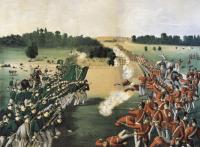
One of the romanticised colour prints of the battle of Ridgeway produced after the fact (this one in 1869). The twenty watercolours of the unfolding battle in the Historical Museum’s collection—by Fenian sympathiser Alexander Von Erichsen, who accompanied the invaders—are far more accurate. (National Museum of Ireland)
In the middle of the night, on 1 June 1866, nearly 1,000 Fenians crossed the Niagara River from Buffalo, New York. The vanguard, Colonel Owen Starr’s Seventeenth Regiment from Louisville, Kentucky, seized control of the village of Fort Erie, cut the telegraph wires and established a bridgehead. On the following day the Fenian army, commanded by Monaghan-born John O’Neill, defeated a battalion of Canadian militiamen just north of the village of Ridgeway. Facing the prospect of an engagement with a greatly superior force of British regulars, with cavalry and artillery, O’Neill retired to Fort Erie, overcame another force of Canadian militia and, realising that his supply line across the river had been closed by the US military, cut his losses and retreated back to the American side.
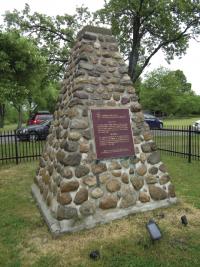
The battlefield site is curiously anonymous. The distinguishing feature is the stone cairn dedicated to the Canadian dead of June 1866.
For Irish readers the principal interest will be found in the three sites with links to the Fenian raid. The battle may be said to have begun when O’Neill’s Fenian army, dug in behind barricades in three lines, heard the train whistle as the Canadian militia arrived at the station serving the hamlet of Ridgeway. When rail service was discontinued in 1975, the 1856 Ridgeway station was removed to the museum site in Fort Erie, and it now houses the main exhibits, including historic furnishings, stoves, telegraph and teletype equipment and tools.
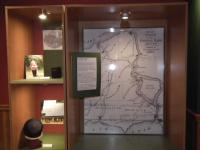
Visitors to the Historical Museum interested in the Fenian raid will find a display case with a map and some battlefield trophies.
The museum preserves the original, and handsome, stone-built Bertie town hall and maintains the collection, preservation, research, exhibition and interpretation of historically significant artefacts that represent the history of the area from the beginning of native occupation to the present, including an impressive number of stone arrow- and spearheads and handaxes. The upper floor is a well-lit archival and documentary library. Its primary clients, unsurprisingly, are genealogists, but the archive also includes copies of most of the published accounts of the Fenian raid.
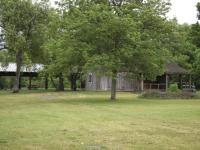
The log cabin, which in 1866 was in the middle of the battle (bullet holes can still be seen), was moved a few hundred yards from its original location in the late 1970s.
The Fort Erie Museum’s holdings include an immense, 1.2 million-piece collection of artefacts dating from 4000 BC, unearthed by archaeological excavations at different times along the shores of Lake Erie and the Niagara River. Documentation of this rich resource began in 1887, when Canada’s first full-time archaeologist, David Boyle, noted interesting finds. An ossuary (mass grave) was discovered in the 1960s beneath the streets and buildings, and work has continued since then. Most notable are finds related to construction at the Peace Bridge, linking Canada and the US, in the 1990s. HI










